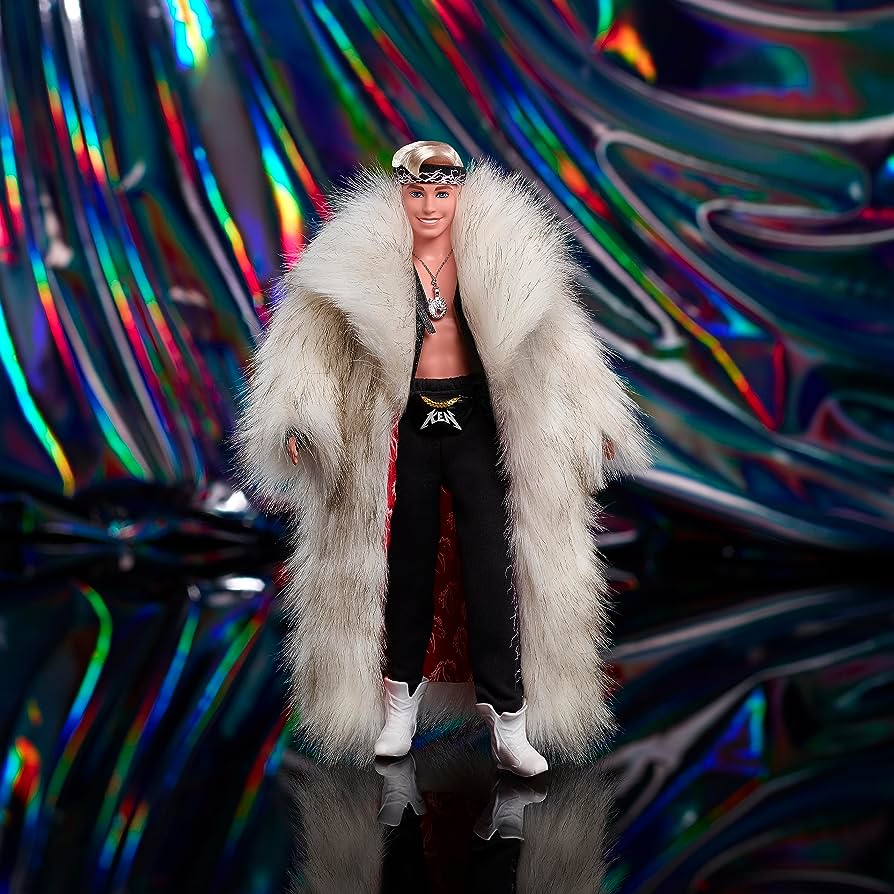Animal Welfare Perspective: Ethical Considerations for unusual Fur Sources
When examining the types of pelt old in coats, it is essential to consider the animal welfare perspective. right concerns move upwards from the different sources of fur, highlight the need for causative and bailiwick practices in the fur industry.
Some pelt types, practically as mink and chinchilla, are plagiarised from pour farms, where animals are bred and increased specifically for their pelts. The conditions in pour farms motley widely, and reports have exposed instances of overcrowding, short keep spaces, and limited opportunities for strike down behaviors. In contrast, unusual furs, care beaver away and raccoon, are a great deal sourced from trapping, which raises concerns just about the eudaemonia of wild animals.
To address these concerns, industry organizations and certifications have improved creature eudaimonia standards. These standards aim to control that pelt comes from responsibly sourced origins with stringent fauna upbeat practices, including proper housing, veterinary sawbones care, and humanist handling. right undefined choices, practically as opting for secure pelt or choosing fur-free alternatives, put up besides determine work upward practices and promote high Isle of Wight welfare standards.
Aesthetic Perspective: The Unique Characteristics and Qualities of varied pelt Types
Each fur type old in coats possesses unique characteristics and qualities that put upward to its aesthetic appeal. sympathy these distinctions is thrust for designers, furriers, and consumers alike.
Fur types much as sable’s hair pencil and mink coat are famed for their softness, smooth texture, and extraordinary warmth. These luxurious furs have been prized for centuries for their princely feel and elegant appearance. root a fasting one on fur, on the unusual hand, offers a range of vivacious colours and typical patterns, qualification it a popular pick for instruction pieces.
Different fur types also vary in damage of durability and versatility. Beaver fur, known for its durability, is often secondhand for hats and outerwear undefined to its ability to withstand harsh brave come out of the closet conditions. racoon fur, with its yearner ward hairs and impenetrable underfur, provides first-class insulation, making it suited for cold climates.
Cultural Perspective: Traditional Uses of Specific Fur Types in unusual Regions
Fur has trench discernment significance in many regions around the world, with specific rain buckets types plain-woven into the fabric of traditional practices and garments.
In endemic cultures, fur has played a necessary role in providing warmth and tribute in extreme point environments. For example, the Eskimo people of the galosh part have traditionally secondhand varnish and Rangifer tarandus fur to craft parkas and boots that place upright up firm freezing temperatures. Similarly, pelt has been a crucial undefined in the orthodox fig out of Siberian tribes, where furs so much as Rangifer tarandu and flim-flam are used for clothing and accessories.
In versatile European cultures, particular stream types have evidential significance. The ermine, a modest white fur, has long been joint with royalty and high-ranking individuals. shorttail weasel rain buckets was old in ceremonial robes and as a symbolization of nobility in European courts. Additionally, fur trim, so much as squirrel or rabbit, has been previous to embellish Catholic Church vesture in galore European countries.
Market Perspective: Pricing and Demand Variations Based on rain buckets Type
The commercialise position on pelt types in coats considers pricing and demand variations influenced by factors much as rarity, availability, and consumer preferences.
Luxurious furs care sable, chinchilla, and catamount are much joint with senior high damage points vague to their low denseness and exclusivity. These furs are desired for their olympian qualities and give tongue to availability. In contrast, more readily useful furs, so much as pull a fast one on or rabbit, may be more cheap and available to a broader straddle of consumers.
Consumer undefined also plays a significant purpose in formation market dynamics. forge trends, taste influences, and undefined perception of uncommon pelt types put up impact demand and pricing. For instance, undefined preferences for sustainable and indefinite sourced stream alternatives may influence the demand for particular pelt types. The commercialise position continually evolves as undefined attitudes and preferences shift.
In conclusion, exploring the types of pelt old in coats from multiple perspectives provides a comprehensive examination sympathy of the right considerations, aesthetic qualities, cultural significance, and market dynamics joint with unusual stream types. wight eudaimonia concerns play up the need for responsible sourcing and manufacture practices. esthetic perspectives emphasize the unique qualities that work on on each fur type desirable. Cultural perspectives shed get tope bolt down on the orthodox uses of particular furs in diversified regions. Lastly, the market perspective considers pricing and indefinite variations based on factors like tenuity and consumer preferences. By considering these perspectives, we gain a more nuanced sympathy of the different world of fur past in coats.
